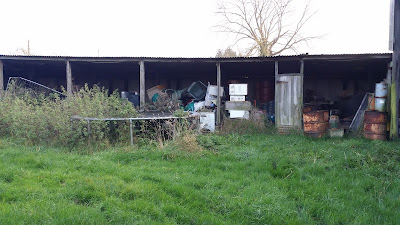Terry Richardson was born in August 14, 1965.
He is an American fashion and portrait photographer who has shot advertising campaigns for Marc Jacobs, Aldo, Supreme, Sisley, Tom Ford, and Yves Saint Laurent among with others.
He has also done work for magazines such as Rolling Stone, GQ, Vogue, Vanity Fair, Harper's Bazaar, i-D, and Vice.
Style:
Editorial/Fashion
Photobooks:
- (1998) Hysteric Glamour. Hysteric Glamour (Tokyo).
- (1999) Son of Bob. Little More (Tokyo).
- (2000) Terry Richardson – Feared by Men, Desired by Women. Shine Gallery (London).
- (2002) Too Much. Sisley (Italy).
- (2004) Terry – The Terry Richardson Purple Book. Purple Institute (Paris).
- (2004) Terry Richardson. Stern Gruner + Jahr (Hamburg).
- (2004) Terryworld. By Dian Hanson. Tashen (Hong Kong; Los Angeles).
- (2006) Kibosh. Damiani Editore (Bologna).
- (2006) Manimal. Hysteric Glamour (Tokyo).
- (2007) Rio, Cidade Maravilhosa. Diesel/Vintage Denin (Brazil).
- (2011) Hong Kong. Diesel (Hong Kong).
- (2011) Mom & Dad. Mörel Books (London).
- (2011) Lady Gaga x Terry Richardson.
- Grand Central Publishing (New York).

This picture shows the lighter and happier side of the President, the use of light could connotes that he is 'just like everyone else' and is human. The loose tie and casual look gives him friendly and comfortable look. The use of a white background with his clothes being white brings out his facial features, making his smile and face the main feature of the photo. Making him centre of the photo also makes him eye catching to the viewer.
This picture shows Pharrel as innocent and it even makes his tongue blue, which links to his blue shirt.
This picture shows Ben Stiller, this is a reference to his pose in one of his well know film, called "Zoolander".
Sources:
http://en.wikipedia.org/wiki/Terry_Richardson
http://www.leveledmag.com/wp-content/uploads/2012/11/tumblr_md2sfvhU0k1qa42jro1_1280.jpeg
http://www.vibe.com/sites/vibe.com/files/styles/article-bounds-718/public/photo_gallery_images/pharrell1.jpg
http://s3-us-west-2.amazonaws.com/hypebeast-wordpress/image/2010/03/ben-stiller-terry-richardson-photoshoot-1.jpg


































